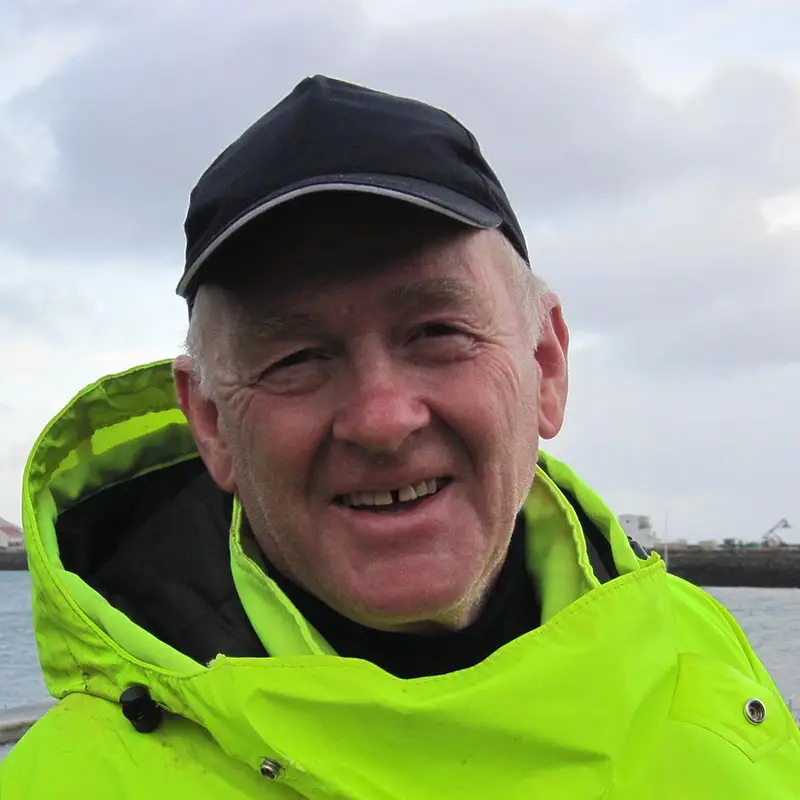Made in Sweden by SF Marina
In the early 1980s Kristján Óli Hjaltason, nicknamed Króli by his friends, was a keen club sailor, competing in many local events with his 27-foot Hunter. Without a local marina, Króli and his friends kept their boats on swing moorings. After a couple of years rowing and bilging dinghies, they decided to build a dock. Barely a minute after the decision was made, Króli, who at the time was working as an importer of pipe fittings and plumbing materials, found himself appointed project manager. This being before search engines such as Google existed, Króli began the long and arduous process of finding a company that could supply the sailors with the necessary products.
One day he came across a company purely by chance. A friend working in the shipping industry informed Króli about a shipment of concrete pontoons destined for Boston in the USA. The pontoons were loaded on a cargo ship that was currently at the port in Reykjavik. Kroli was not allowed onboard to inspect the pontoons, but his friend described them as being of high quality and probably just what they were looking for. “I asked my friend if he could find out the name and address of the manufacturer, which he kindly did,” says Króli. “Made in Sweden by SF Marina” was the response.
“I booked the first available flight to Gothenburg to meet L-G (Lars Gunnar Odhe), one of the two entrepreneurs behind SF Marina. L-G kindly showed me around the production facility, which I found very reassuring. There was something about him that inspired trust, and I bought two huge units. Looking back, they were relatively small, but at the time I thought they were enormous,” says Króli.
Soon after buying and installing the two pontoons Króli became an agent for SF Marina in Iceland. “After purchasing the first two units there was no way back. I was incredibly pleased with our two pontoons in Garðabæ, and I saw the potential here for additional installations. I have remained in L-G’s grip ever since”.
Iceland is a relatively small country with only 360,000 inhabitants. Although there are only a few local yachts, the country has a large fleet of small fishing vessels. The vessels are operated from approximately 50 fishing villages scattered evenly around the island, with the exception of southern Iceland where there are only two good harbours.
“Of the 3,500 metres of pontoons that we have installed, 95% have been for fishing vessels below 15 metres in length,” says Króli.
SF Marina’s most famous installation in Iceland is probably the Beluga Whale Sanctuary in Vestmannaeyjar (Westman Islands), even if Króli himself prefers to talk about the one in Suðurbugt in Reykjavik. The initial breakwater was installed in 1992, but it was remodelled and expanded last year. In fact, 2020 proved to be a very successful year for SF Marina and Króli with four new projects.
“The biggest challenge when building a marina here is to install a system that can cope with the shifting weather conditions”, says Króli. “On a normal day wind speeds could be around 5 m/s before suddenly turning into a gale with gusts in excess of 30 m/s. In Suðurbugt, our most difficult installation to date, the fetch is almost five kilometres before it hits the breakwater at an angle of 60 degrees. You will only survive that if your installation is sturdy. I know that you won’t find better, more solid products, developed by more trustworthy and professional people,” says Króli. “And after working with L-G for almost forty years, I have come to expect nothing less from Made in Sweden by SF Marina”.



